Every parent dreams of bringing home the perfect family dog – a loyal companion who’ll create magical memories with their children while providing years of joy and unconditional love. Yet reality can hit hard when that cute puppy from the breeder turns into a challenging pet that requires extensive training and supervision around kids.
The truth is, not all dog breeds are naturally suited for family life with children. While every dog has the potential to be a wonderful companion with proper training and socialization, certain breeds require significantly more work, experience, and caution when children are involved. Understanding these breeds and their specific challenges can help families make informed decisions and ensure both child and dog safety.
Pit Bulls: Power and Predisposition
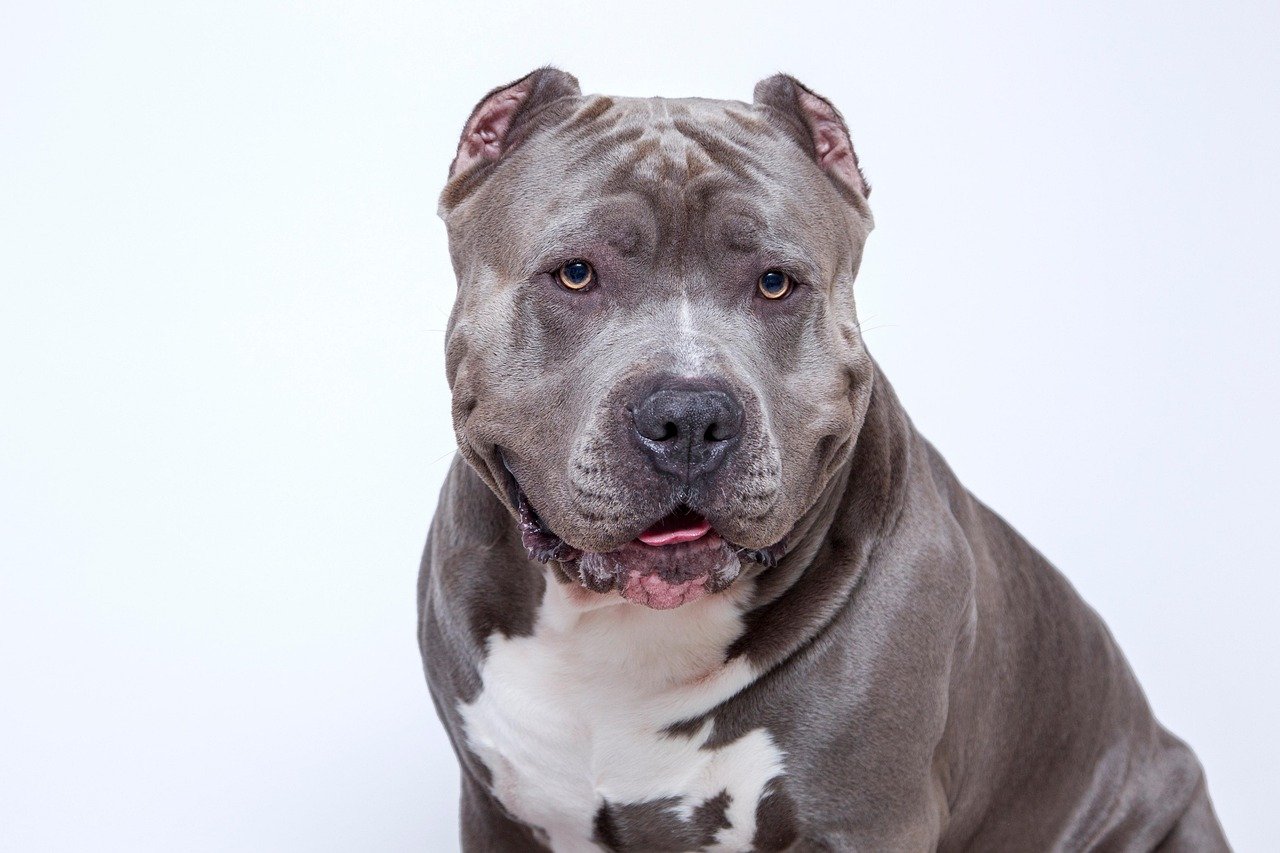
Pit bull-type dogs are responsible for 67% of deaths, and their overall population is only 6.5%. Pit Bull is perceived to be the most dangerous dog breed when it comes to fatal dog attack statistics by breed. These statistics paint a concerning picture that every parent should consider carefully.
Among cases where the breed of dog responsible was known, the study found that the dog breed most associated with severe bites was the pit bull. The likelihood that the patient had been bitten by a pit bull increased as the level of intervention increased from no repair (6.0%) to repair in the operating room (25.8%). Pit bull bites were found to be significantly larger, deeper, and/or more complex than the average dog bites included in the study. The physical damage these dogs can inflict on children is particularly severe, requiring extensive medical intervention and potentially causing lifelong trauma.
Rottweilers: Silent Attackers
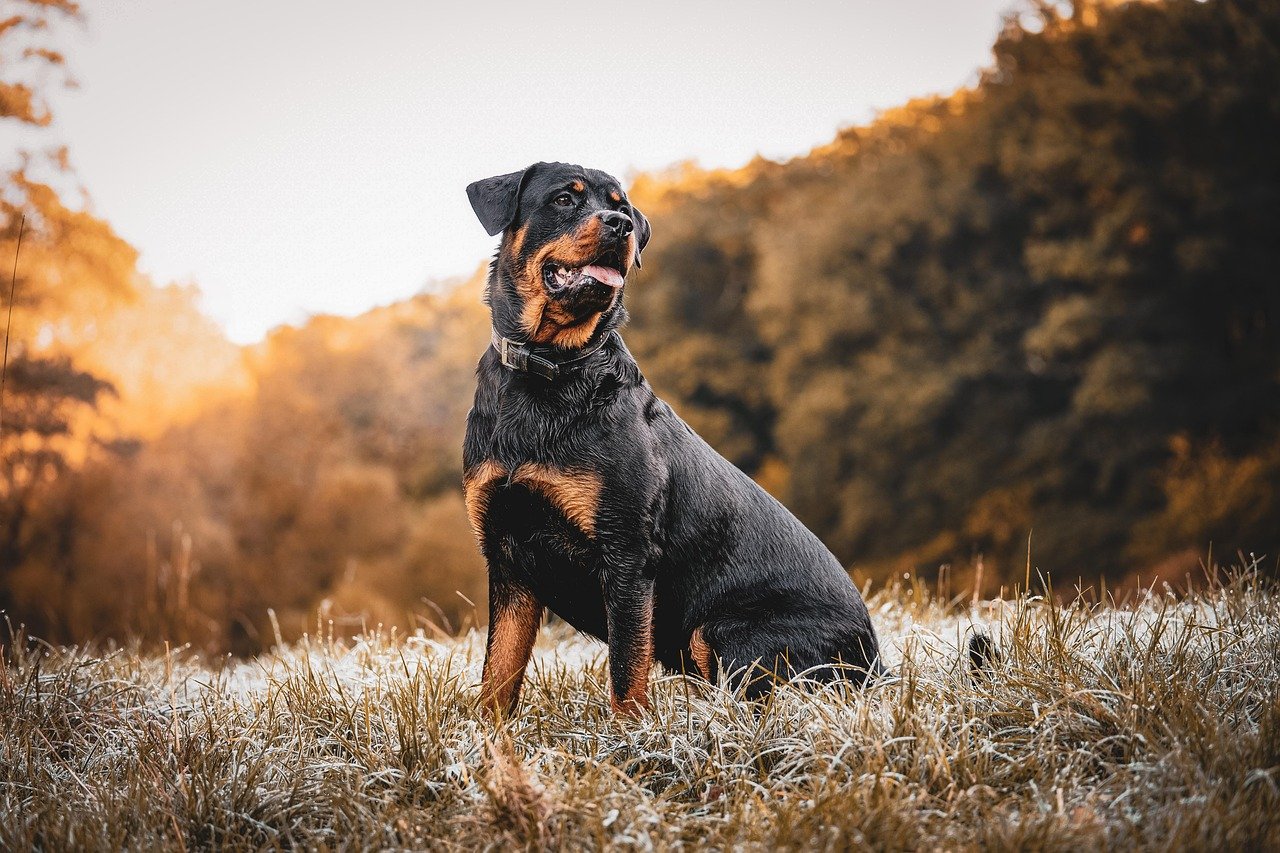
Rottweilers are another breed that makes this list of worst dogs around children. Although they do make incredible family dogs and are loyal protectors, they can attack and bite with very little warning. It’s well known in the veterinary field that Rottweilers do not give a warning right before biting. This breed will act absolutely composed and mellow right before they turn. This unpredictable behavior makes them particularly dangerous around children who cannot read subtle warning signs.
Rottweiler – Is a powerful breed which is reportedly responsible for the second highest rate of human fatalities by dog attack. Rottweilers require extensive training and handling. Their massive size combined with their powerful bite force creates a potentially lethal combination when interacting with small children who might accidentally provoke them during play.
Chow Chows: Beautiful but Temperamental
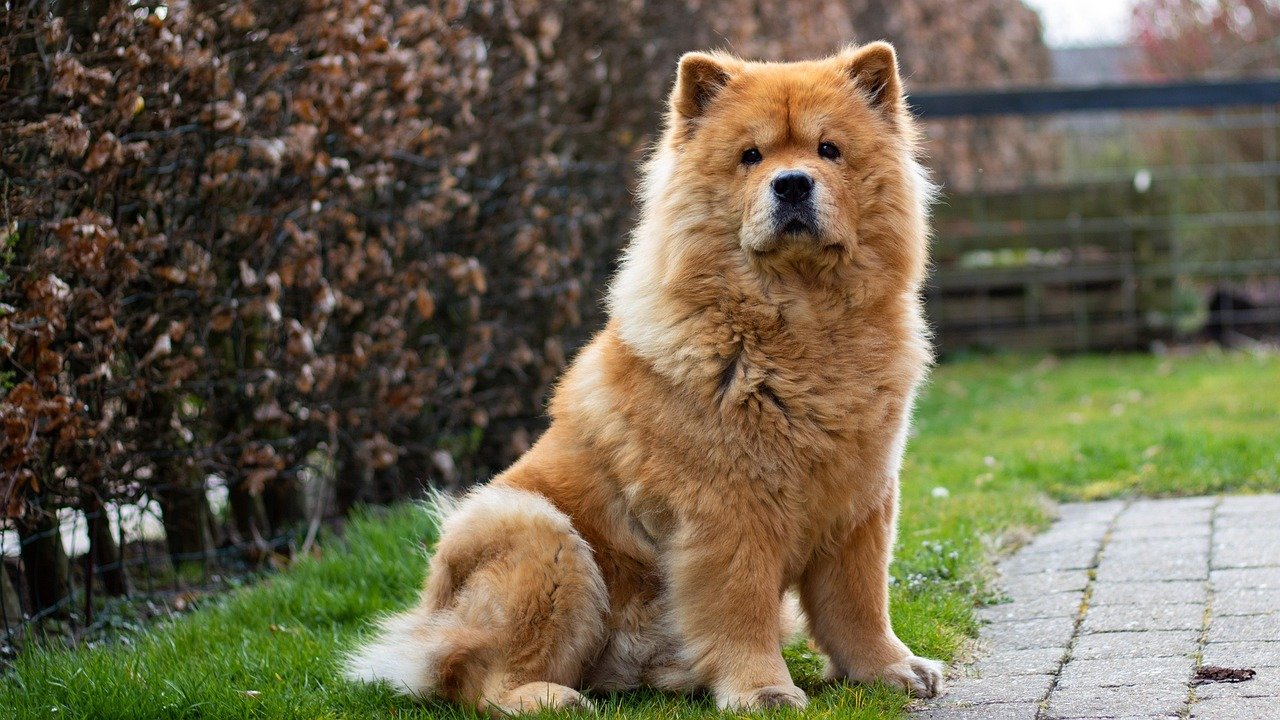
The Chow has a notorious reputation for being powerful, disobedient and unpredictable. They are not suitable for novice owners, children, families or the elderly/disabled. You could never allow your Chow alone with a child or another dog as in many cases they can suddenly turn, become boisterous or unpredictable even when trained. They can be very hard to handle and manage and are reported as being intolerant of children in many cases.
These fluffy, lion-like dogs may look adorable, but their independent nature and strong-willed personality make them challenging companions for families. Chow Chow – Can be highly temperamental and bullying. Chow Chow – Can be highly temperamental and bullying. Their tendency to snap without warning makes supervision around children absolutely critical.
Siberian Huskies: Energy and Unpredictability
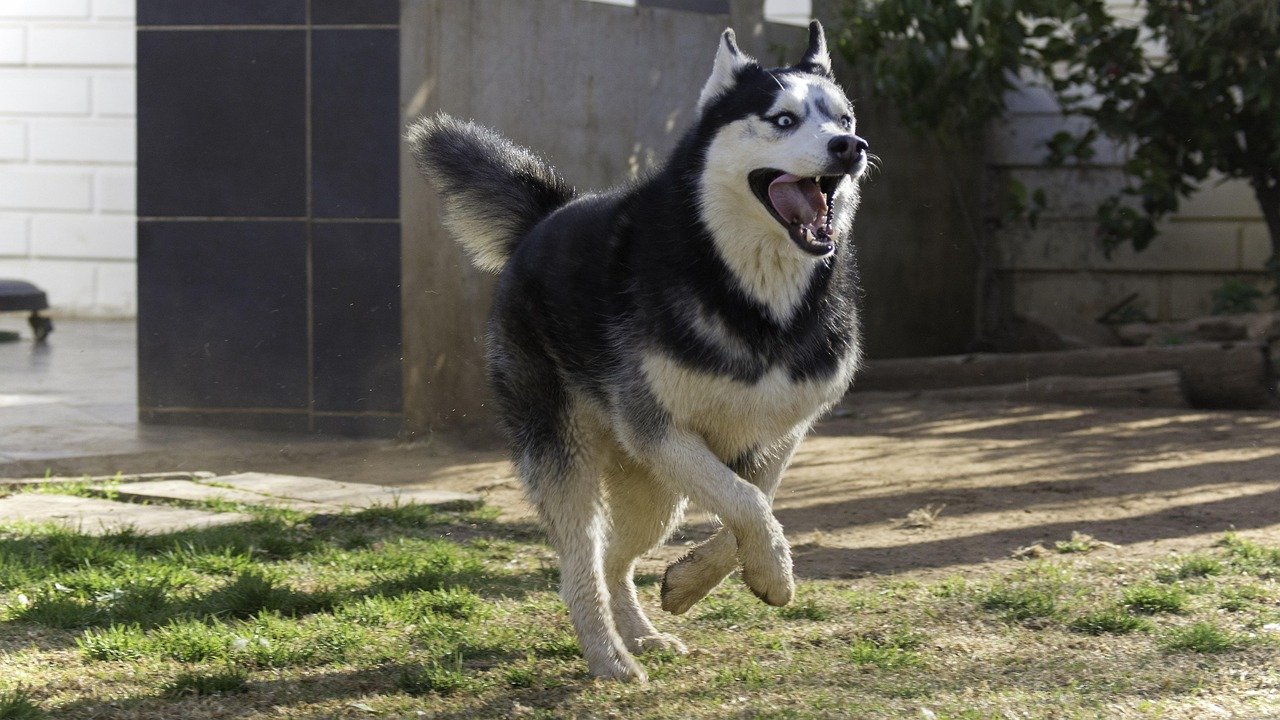
Siberian Huskies can be unpredictable and easily startled around small kids. These dogs are like bigger, bulkier versions of Siberian Huskies, and they have many of the same shortcomings. Alaskan Malamutes have actually been linked to multiple fatal attacks, especially in Canada, but they don’t get much publicity because the breed isn’t as well-known as other supposedly vicious breeds. They’re also extremely energetic and difficult to train, and they can be nightmares to walk. All of this adds up to a dog that shouldn’t be adopted until your kids are teenagers at least.
Their high prey drive and intense energy levels can overwhelm young children. These sled dogs were bred to work for hours in harsh conditions, and without proper outlets for their energy, they can become destructive and unpredictable around family members.
Dalmatians: Nervous and Jumpy

Dalmatian – This breed is jumpy and nervous, prone to deafness which can exacerbate its anxious disposition. Dalmatians thrive best in calm environments and require lots of exercise. The iconic spotted dogs from movies may seem perfect for families, but their high-strung nature creates challenges around children.
Their nervous disposition means they can react unpredictably to sudden movements or loud noises – both common in households with young children. The breed’s tendency toward deafness also means they might not hear approaching children, leading to startled reactions that could result in defensive biting.
Chihuahuas: Small Size, Big Attitude

It might be surprising to see Chihuahuas on this list, but they actually make up a large percentage of unreported bites to humans on record. Chihuahuas are on this list of worst dogs for kids for two reasons: temperament and fragility. If a child were to handle this breed inappropriately, the dog would get injured and even bite to protect itself.
Chihuahua – Belonging to the Toy Breed, these feisty little enigmas can be aggressive around young children. Their tiny size makes them vulnerable to accidental injury from children who don’t understand how to handle small dogs gently, while their feisty temperament leads to defensive aggression when they feel threatened.
Akitas: Protective Guardians
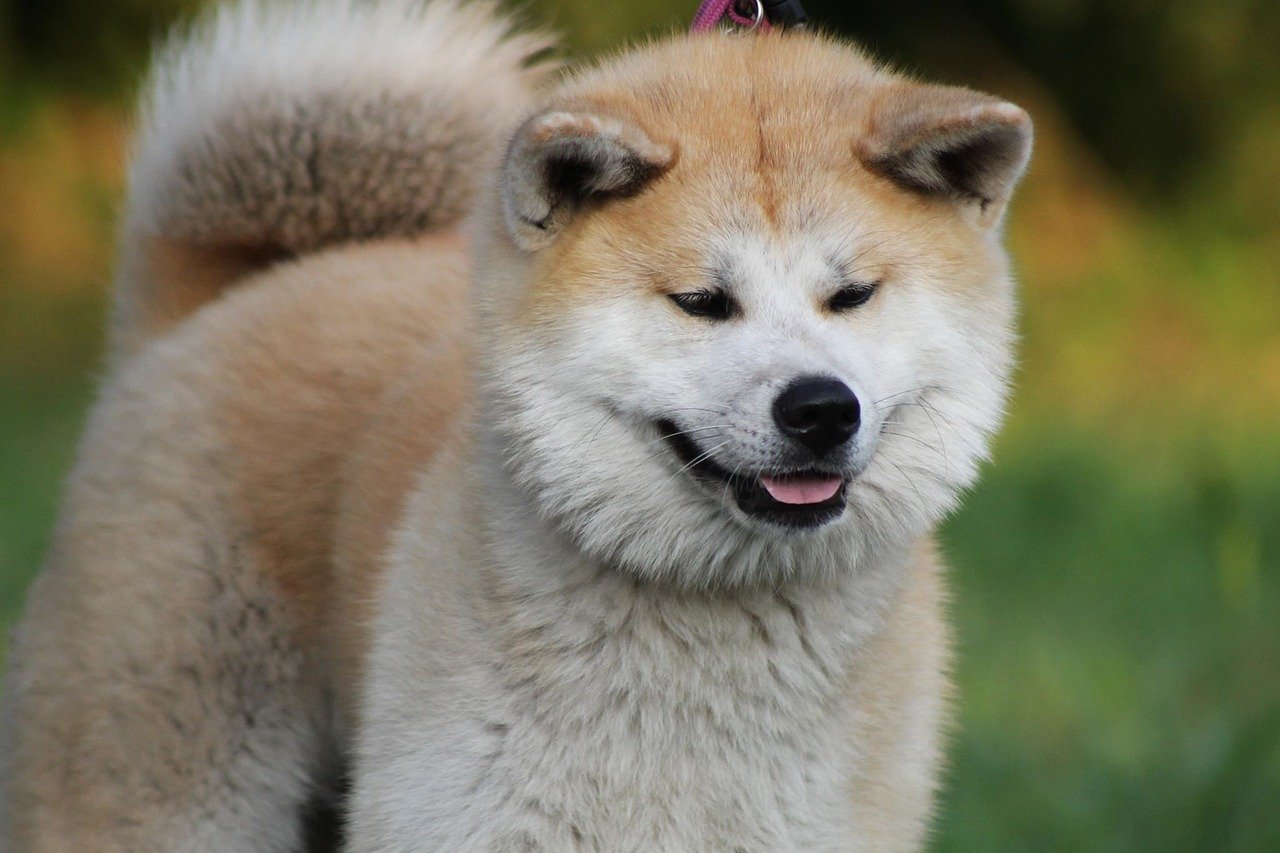
Akitas are natural-born guard dogs, and while you can tamp that down somewhat with proper training and socialization, you’ll be unlikely to completely iron it out of them. That guardian instinct, coupled with their intense devotion to their families, makes them wonderful protectors for every member of your household, including the kids. The problem arises when your kids have friends over. If they start roughhousing, your Akita may take it as a sign that their family is in danger, and they can respond viciously.
Their intense loyalty and protective nature, while admirable traits, can create dangerous situations during normal childhood activities. When friends come over to play and engage in typical rough-and-tumble games, an Akita might interpret this as a threat to their family members and respond with aggression.
Australian Shepherds: Herding Instincts Gone Wrong
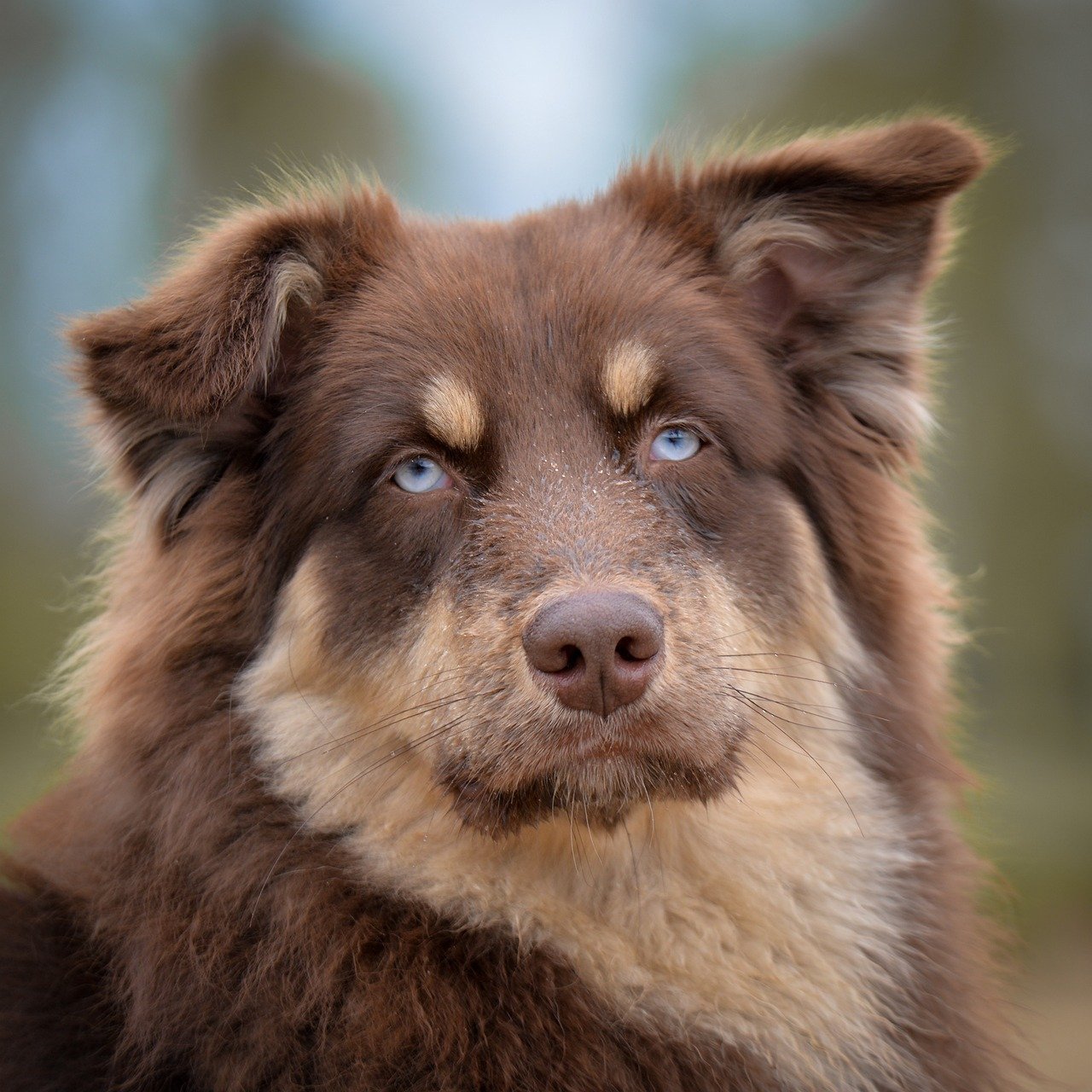
Australian shepherds have natural herding instincts that are usually very difficult, if not impossible, to suppress. These natural herding tendencies can be an issue with small children frolicking about, as herding dogs will often nip at a child’s heels in an effort to herd them. Even though the behavior isn’t usually meant to be aggressive, kids don’t often enjoy being herded by their pets, so these dogs are often better suited to families with adults or older children.
Herding breeds nip for a number of reasons, the most common one being that it is their DNA. Herding dogs may nip at heels or other pets, reflecting their instinct to herd. This behavior, often triggered by movement, is especially noticeable around young children. What seems like innocent play to the dog can be frightening and painful for children who don’t understand why they’re being chased and nipped.
Doberman Pinschers: Intelligent but Intense

Doberman Pinschers are intelligent and loyal dogs, but they can also be aggressive towards children. They were originally bred as guard dogs and have a strong protective instinct. Dobermans can be territorial and may not tolerate other animals or strangers. They require a lot of training and socialization to be safe around a young kid.
Their high intelligence combined with their protective instincts creates a dog that needs experienced handling and consistent training. Without proper socialization from puppyhood, Dobermans can become overly protective and view children’s friends or even the children themselves as potential threats to their territory.
Weimaraners: Hunting Drive and Jealousy
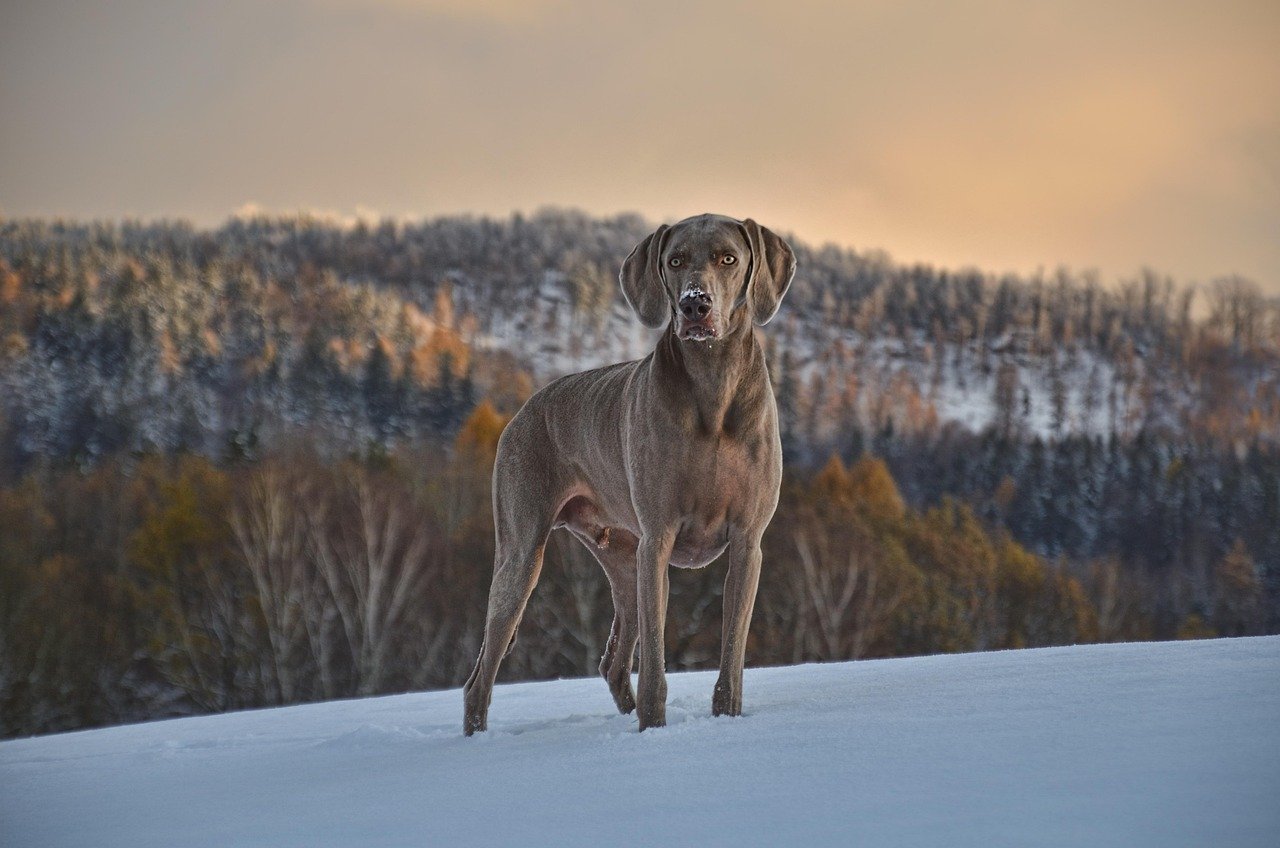
Despite their beauty, this breed was made to hunt large games, which is similar in size to small children. They’re known to play wild with people, especially if they do not get their needed exercise and attention. Because of that, they make it to the list of one of the dogs not suitable for kids. Weimaraners need daily physical activities like running and walking. Without adequate exercise, they can be aggressive dogs, which may accidentally harm your kid. This breed is also extremely playful, which can become dangerous for small children. They also have a tendency to chase a running child because of their hunting nature.
Weimaraners are smart, intelligent dogs. However, with that intellect comes pride and jealousy. Weimaraners are considered moody and tend to be insecure – they often require constant reassurance. Their desire of attention and notice can be problematic when parents’ focus becomes centered on the human children of the house. Their jealousy can manifest in attention-seeking behaviors that might endanger children.
Afghan Hounds: Aloof and High-Maintenance
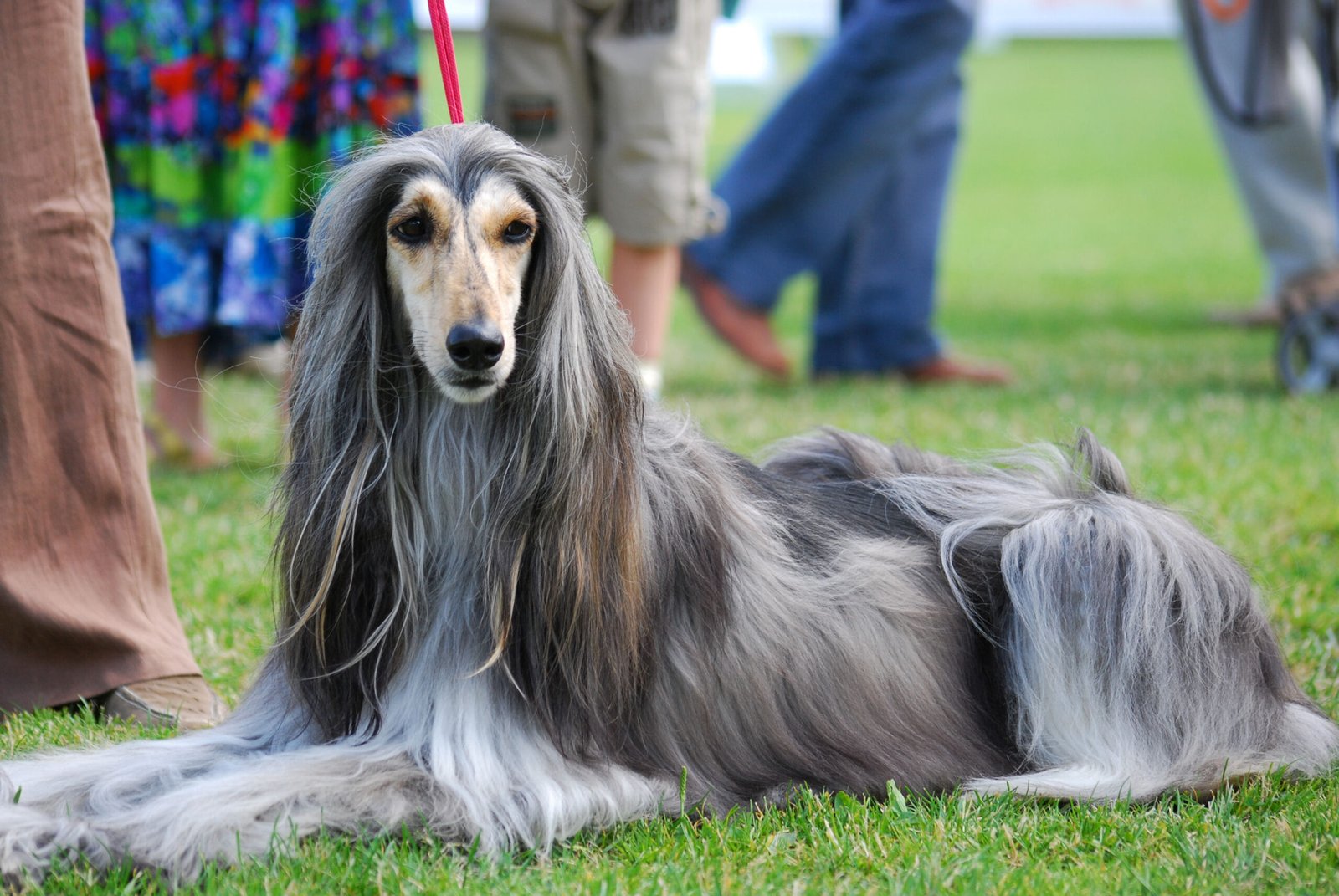
Known for their beautiful long fur and often dressed in very stylish little coats, the Afghan Hound is not a breed you should pair with children. These dogs require a quiet home with plenty of space and a thoroughly fenced garden. They should be trained constantly and kept fully under control, if not 100% trusted you should never allow them to be loose unless in a fence or indoor environment. If they are not given these things properly it is common that they will turn aggressive, stubborn, disobedient, hostile, dominant or may display unwanted behaviours.
Afghan Hounds are elegant and regal dogs with long, silky coats. While they can be affectionate with their families, they are not always good with children. They require early socialization and training to help them become more comfortable around kids. Their aloof nature and high grooming requirements make them unsuitable for busy families with young children.
Border Collies: Brilliant but Overwhelming

Border Collies are brilliant dogs, and they can actually be wonderful family companions if raised correctly and raised around children, but they also make one of the worst breeds to be around kids if they are not acclimated, exposed, trained, and supervised correctly. Border Collies are bred to herd, and their herding instinct absolutely drives them, which is why they are such good workers and so diligent. Now, while that might sound like a good thing because you imagine them herding the baby away from the pool or keeping your kids in sight, this can come with the instinct to bite. I’ve seen far too many times that a Border Collie was “surrendered” to a shelter because it bit a kid that tried to take its dog toy or bit a baby’s leg while running by in mid-air, etc.
Their exceptional intelligence can work against them in family settings, as they often become frustrated with children who don’t respond to their herding attempts. Their intense drive to control movement can lead to nipping and chasing behaviors that traumatize young children and create ongoing behavioral problems.
Conclusion: Making the Right Choice for Your Family

Choosing the right dog for a family with children requires honest assessment of your experience, time commitment, and children’s ages. However, dog bite prevention comes down to responsible dog breed ownership. While these twelve breeds present unique challenges around children, it’s important to remember that individual dogs within any breed can vary significantly.
Regardless of the breed, it’s the dog owner’s responsibility to ensure that their pet is well-trained, properly socialized and cared for. All dogs have the potential to be loving and loyal companions, but they also need guidance to prevent aggressive behaviors. The key lies in understanding each breed’s specific needs, instincts, and potential challenges before making a commitment.
Before bringing any dog into your home, consider whether you have the time, experience, and resources to meet that breed’s needs. Professional training, early socialization, and ongoing supervision aren’t just recommendations – they’re essential requirements for ensuring both your children’s safety and your dog’s well-being. Sometimes the most loving decision is recognizing when a particular breed isn’t the right fit for your family’s current situation.
Did you expect that such beloved breeds could pose these challenges around children?

Andrew Alpin from India is the Brand Manager of Doggo digest. Andrew is an experienced content specialist and social media manager with a passion for writing. His forte includes health and wellness, Travel, Animals, and Nature. A nature nomad, Andrew is obsessed with mountains and loves high-altitude trekking. He has been on several Himalayan treks in India including the Everest Base Camp in Nepal.






